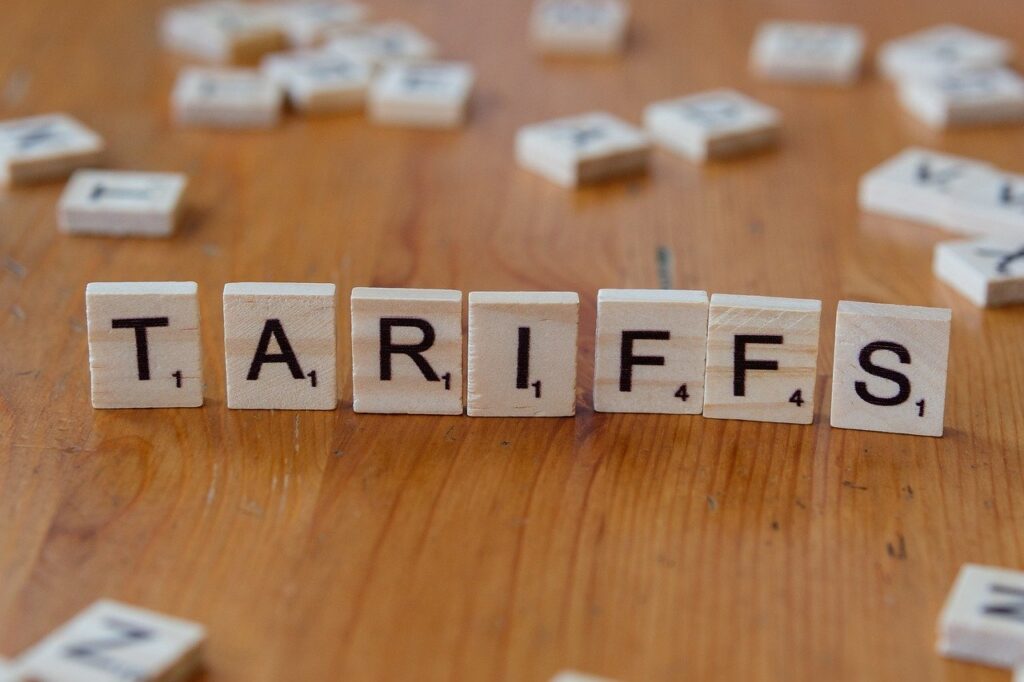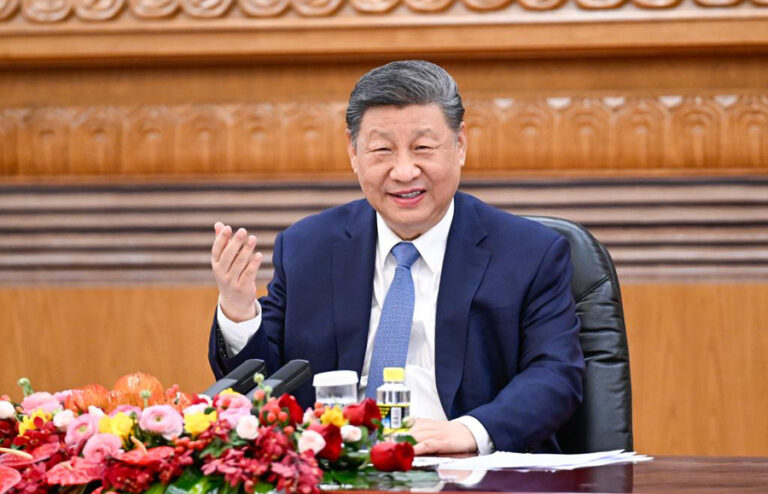
The 26% U.S. tariff targets India’s chemical and agricultural exports, costing billions and slightly denting GDP. The Indian establishment views it as manageable, pursuing trade negotiations, while industries like pharmaceuticals adapt strategically, and others like textiles and agriculture brace for losses. The common man faces job risks but not immediate price hikes, with inflation impacts modest unless broader trade tensions escalate.
New Delhi: The United States implemented a 26% tariff on Indian goods effective April 2, 2025, as a reciprocal trade measure to address perceived imbalances. This tariff, announced by U.S. President Donald Trump, applies a baseline 10% rate plus an additional reciprocal levy, set at half of India’s average 52% tariff on U.S. goods. Exemptions include pharmaceuticals, steel, aluminum, auto parts, and energy products. The policy is estimated to cost India $2 billion to $7 billion annually in lost exports, impacting its trade dynamics with the U.S., its largest export market.
The Indian chemical and agricultural sectors bear the brunt of the tariff. Chemicals, a significant export category, face reduced competitiveness, with potential revenue losses in the hundreds of millions annually. Agriculture, including spices, rice, and processed foods, will see diminished U.S. market access, likely lowering farmer incomes. Textiles and other non-exempt manufactured goods are also affected, though less severely. Exempted sectors like pharmaceuticals, which account for $12.7 billion in annual exports, remain unscathed, softening the blow. The tariff could reduce India’s GDP by 0.1% to 0.3% annually, depending on market adaptations.
Indian Establishment and Industry Reactions
The Indian government, via a senior commerce ministry official speaking to PTI on April 3, 2025, described the tariff as a “mixed bag, not a setback,” indicating a pragmatic stance. The ministry is analyzing its impact, with plans to finalize the first phase of a Bilateral Trade Agreement (BTA) with the U.S. by September-October 2025, aiming to boost two-way trade to $500 billion by 2030. Commerce Minister Piyush Goyal, during a U.S. visit in March 2025, engaged with U.S. Trade Representative Jamieson Greer to negotiate tariff relief, reflecting proactive diplomacy.
Industry responses vary by sector. The Indian Pharmaceutical Alliance (IPA), representing major drugmakers, has pushed for zero duties on U.S. drug exports to India (currently $0.5 billion annually) to avoid reciprocal levies, a stance supported by experts like Ajay Bagga, who noted minimal impact from such concessions. In contrast, exporters in chemicals and agriculture expressed alarm. A top Indian drugmaker’s finance head told the BBC that while single-digit tariff hikes could be absorbed via cost cuts, the 26% rate would force price increases for U.S. consumers, though this applies less to exempted pharmaceuticals. Textile and jewelry sectors, per Business Standard, braced for disruption, with the U.S. comprising 30% of India’s jewelry exports, facing a stark tariff gap (India’s 20% vs. U.S. 5.5%-7%).
Impact on the Common Man in India
The common Indian may face indirect effects through job losses in export-reliant sectors like chemicals and agriculture, where reduced U.S. demand could stagnate wages or employment. Rural farmers might see income drops due to lower export prices. However, domestic consumer prices are unlikely to rise directly, as the tariff targets exports. Surplus goods redirected locally could temporarily lower prices for items like textiles or food, though this risks producer profitability.
Inflation Projections in India and the U.S.
In India, direct inflationary pressure is limited, as imports are unaffected. A weakening rupee from export losses could raise costs of imported essentials like oil, potentially increasing inflation by 0.1% to 0.2% annually. In the U.S., higher costs for Indian chemicals and agricultural goods might lift inflation by 0.05% to 0.1%, moderated by exemptions for key inputs U.S. consumer price impacts depend on supply chain stability and India’s response, with no major escalation assumed.
Broader Economic and Trade Implications
The tariff strains U.S.-India trade relations, prompting India to explore markets like Europe and Southeast Asia. Retaliatory tariffs remain an option, though limited by exempted sectors. U.S. supply chains in non-exempt industries may face higher costs, potentially affecting American consumers.





